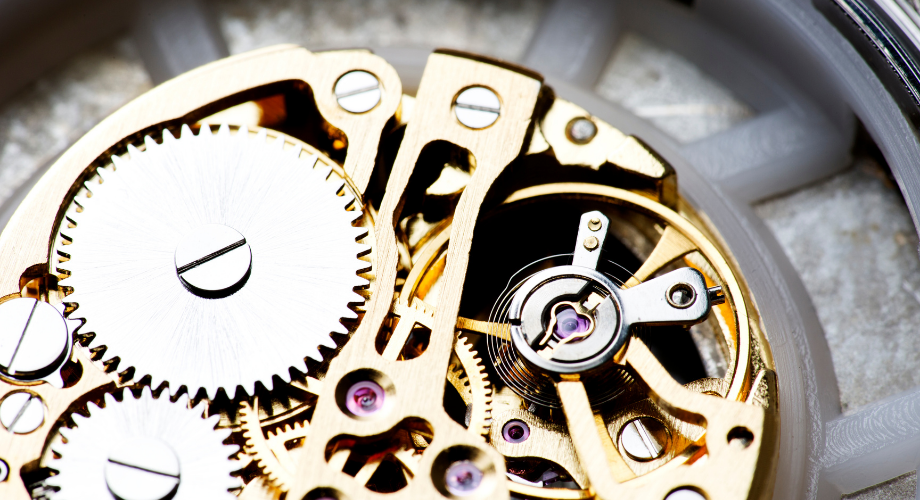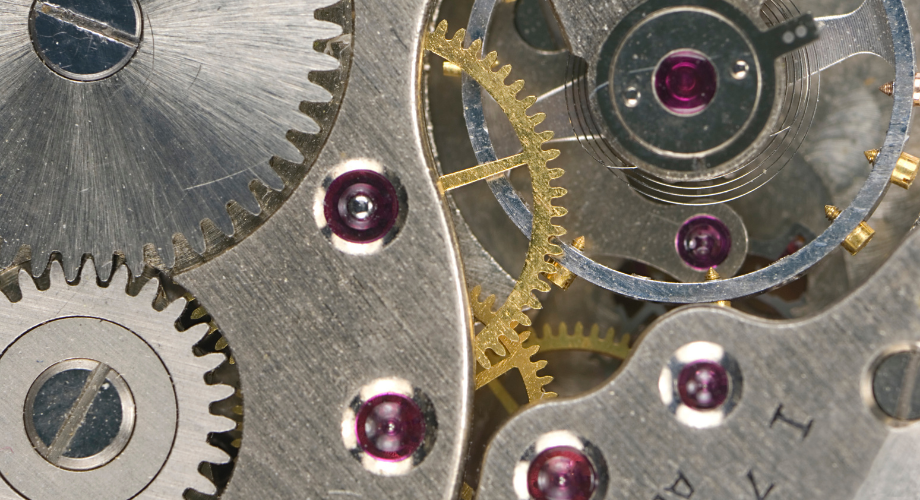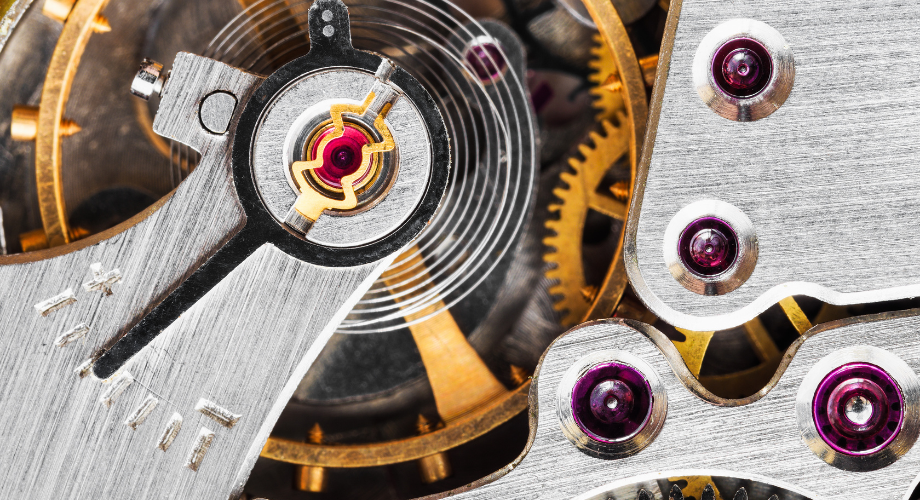
For centuries, watches have served as more than just implements of time management. They have been indicators of wealth, power, and social status, particularly those made from precious metals and adorned with gemstones. Recently, I have been fascinated about jewels inside of a watch and I wondered what the highest number of jewels a watch has. As I’ve done the research, I found the answer to the question.
The watch with the nondescript name Reference 57260, made by Swiss watchmaking company Vacheron Constantin, holds the title as the watch with the highest number of jewels with an unequaled 242 jewels intricately nestled among its 2,800 components, making it the most complicated watch in the world.
Generally speaking, the number of jewels a watch has relates to the number of functions it can perform, so the more jewels there are on the inside, the more complicated the watch. In the case of the Reference 57260 watch, its 242 jewels are a testament to the painstaking craftsmanship that went into its making. But when it comes to jewels and watches, more has not always meant better. Here’s why.
How Many Jewels are Good in a Watch and What’s the Highest?
Watches are highly sophisticated devices containing multitudes of intricate moving parts. It can be argued that pound for pound, watches are the most complex mechanical instruments ever created. Each function that a watch performs relies on jewels to provide smooth, frictionless action between delicate metal components that are constantly in motion.
As far as the number of jewels that can be expected to be found in a good timepiece, 7 jewels are the bare minimum, while 21 jewels is a number associated with many fine, three-handed watches.
But with 17 jewels, a watch is considered to be “fully jeweled” and is perhaps the most common iteration of mechanical watches with respect to jewel count. This is a standard watch that has all the basic time-keeping functions but without a chronograph or perpetual calendar (these features are known as high complications and require the use of additional jewels).
The World’s Highest-Jeweled and Most Complicated Watch

As a general rule, the more jewels a watch contains, the more complications and functions it boasts. Which is a fancy way of saying that more jewels inside a watch generally corresponds to it offering more functions, since jewels are used to provide frictionless, long-lasting movement between intricate metal pieces.
The title of the world’s most complicated watch, meaning the watch with the most jewels, is currently held by Swiss watchmaker Vacheron Constantin, one of the three watch manufacturers in the “Holy Trinity” of watches. Its Reference 57260 pocket watch, which took a team of three master watchmakers eight years to design, engineer, and assemble (all by hand), contains an astonishing 242 jewels.
This correlates to 57 complications, earning this watch the distinction of being the world’s most complicated and highest-jeweled watch (by comparison, the previous holder of this title had 36 complications). Vacheron Constantin’s Reference 57260 is a technological marvel by any measure and is proof-positive that even in the modern digital age, good old-fashioned craftsmanship still matters.
Here are just a few notable attributes of this amazing timepiece:
- Though classified as a pocket watch, the Reference 57260 is hardly pocket-sized: it measures nearly 4 inches (98 mm) in diameter, is 2 inches (51 mm) thick, and weighs in at a hefty 2.1 pounds (960 g)
- This one-of-a-kind pocket watch has over 2,800 components
- The Reference 57260 has six time-telling functions including regular time (hours, minutes, seconds), day/night indicator, 12-hour world time (a second hours and minutes for another time zone), and 24-hour display for selected cities
- There are seven perpetual calendar functions including Gregorian day and month of the year, automatic calculation of leap years and number of days in the month, numbered day of the week, and numbered week of the year
- The Reference 57260 also has nine astronomical and astrological functions including sunrise and sunset times, lengths of daytime and nighttime, an outer ring on the back dial that indicates seasons, equinoxes, solstices, and signs of the zodiac, and even a comparison of solar time and conventional mean time
- This pocket watch even features extremely rare, and exceedingly difficult calculations to incorporate into a watch design, eight functions relating to the Hebrew calendar (which runs on a 19-year cycle) including Hebrew day and month numbers, the Hebrew date, and the Hebrew century, decade, and year
- The lunar calendar function of the Reference 57260 displays the current phase of the moon and is so precise that it would take 1,027 years and 108 days for this watch to require a moon phase cycle correction – of one day
Other features of the Reference 57260 include a chronograph (stopwatch), a variety of alarm functions, and even a power reserve indicator that displays the amount of time remaining before the watch needs to be re-wound (this is a mechanical watch after all). So what is all of this worth? Around $5 million and probably worth every penny.
The Truth About Jewels in Watches

But I’ve found that the number of jewels inside a watch has not always corresponded to the actual number of its movements nor has it always been a reliable indicator of the watch’s true value. There was a time when ads for watches and the number of jewels they contained were used to lure unsuspecting customers to purchase them.
Once the use of synthetic jewels became a widespread practice in the production of watches, some enterprising (and rather unscrupulous) watchmakers began advertising the number of jewels purportedly in their watches as marketing ploys to increase demand and justify exorbitant prices. Some watchmakers even etched the number of jewels on their watch faces.
As it turned out, many of the jewels served no purpose whatsoever other than to enable the manufacturer to charge higher prices based on the mere perception of better performance. This led to the formation of an international standard known as ISO 1112:2009, which basically defines functional and non-functional jewels in watches and what statements may be made about them in advertising materials.
Final Thoughts
Whether it contains 7 jewels or 242 or something in between, a watch is a technological marvel that combines innovative design, painstaking effort, and craftsmanship in its purest form.
Even in this digital age where the answer to just about any question is but a few keystrokes away, it is worth taking a moment to appreciate the sheer brilliance contained within the casing of what may go down in history as the ultimate analog device.
